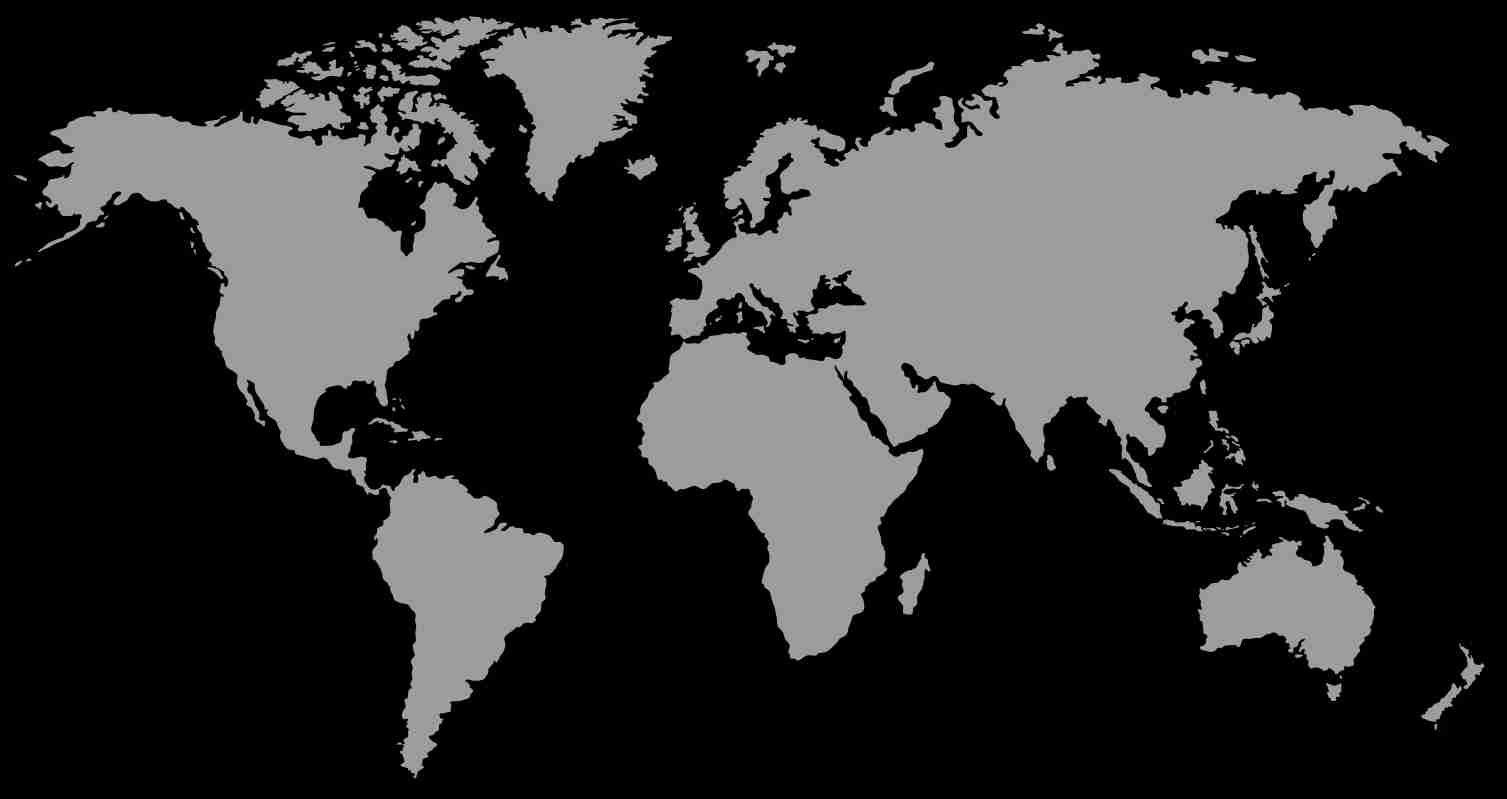
Best time to visit Bhutan
Weather and climateWhen you imagine Bhutan, you might have visions of snowy peaks and crisp mountain air, however, because the country sits on the same latitude as Florida and the Canary Islands, the climate is actually rather warm and pleasant with temperatures averaging 15-20 °C.
We think the best time to visit Bhutan is from March to May and September to November. In spring you can expect colourful rhododendrons and the popular traditional Paro Tsechu festival of dances. Whereas autumn brings white peaks, cool temperatures and green landscapes. The winter months bring difficulties when travelling to higher passes and roads, but as long as you are prepared with both light and warm clothing, then Bhutan is a great place to visit all year round.


West Bhutan
When in Bhutan, you’ll probably spend much of your trip in the middle mountains, the Inner Himalayas. Explore the varied landscapes of cities, valleys and white peaks in our ‘Journey through Snowy Peaks and Mountain Monasteries‘ itinerary. In the west, you’ll spend most of your time at an altitude between 2,000 and 3,000 meters.
For example, Thimphu city is 2,545 metres above sea level, and though you’ll remain below the level where altitude sickness kicks in, it’s wise to take it easy.
The temperature varies from 15 °C to 20 °C. with winter day times temperatures sticking around 15 °C, dropping a few degrees below freezing at night.


Central Bhutan
You can visit central Bhutan, including the sweeping valleys of Bumthang, all-year-round. Here, it’s pleasant in the summer, and perfect to explore in autumn and spring, when the rhododendrons are out in bloom. Winters in central Bhutan can be nippy but it’s usually sunny.
In the north, you’ll find the Great Himalayas, the highest mountain range in the central Himalayas. Many peaks are over 6,000 metres above sea level and are covered with glistening snow and glaciers. Between these impressive peaks are valleys at an altitude of at least 3,500 metres with dense vegetation. In the mountains of northern Bhutan there is little precipitation, and if there is, it is in the form of snow. In the middle of winter, the mountains are barely passable so it’s best to visit during spring and autumn for trekking.
The South and East
Heading east now, and towards the southern plains of Bhutan bordering India you’ll find the lowest-lying areas of the country. The low-lying plains have a warmer climate than the rest of the country with temperatures reaching 30 °C in the height of summer. However, this area generally has more rainfall than other areas, especially during the monsoon season. If you pick our trip which takes you through the foothills to India, you’ll notice the landscapes change as you head into the subtropical south.


